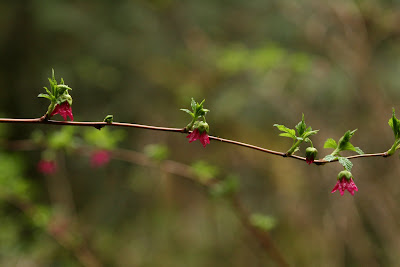Outside the rain was driving, but inside Winlock Baseball Coach Brian Demarest instructed his 2010 Cardinal Baseball team on signs; Their communication on the field. “There will be a test on these tomorrow at practice. If we miss them, we will run” he says vehemently.
You would think he wouldn’t’ have much to worry about with a solid core of players that have played ball together since t-ball, but rookies sprinkle in among the older guys and there are challenges.
It is “those guys” that sooth Coach Demerast when asked his goals for the season. “I’d like to see improvement at least; 500 (winning percentage) is a good goal” speculated the coach about a team that won two games last season. Winlock’s reputation for winning has been replaced by a collective positive personality, attitude and humor. “I hate losing, but these guys make it easier,” Demarest smiled.
Coach Brian Demarest enjoys a light moment during a game at Napavine
“Our defense and pitching will be better,” continued the coach. Junior Travis McCarthy, Seniors Nick and Matt Hoven are potential first or second teamers at the league level while 6’5” Junior Collin Kupers will take over catching duties and easily ranks as one of the tallest catchers in the district.
Demarest also believes Junior Kyle Archer will have a great year as well.
Senior Mike Raupp will be moving from catcher to infield to get him ready for the community college level where he hopes to play ball next year.
Raupp recalled one incident that shows why he’s pleased to move from behind home plate. He described a serious collision with now Senior Buddy Smerek. “He plowed me over,” laughed Raupp.
Raupp will tighten up an infield that includes the diminutive Hoven twins Matt and Nick. They are fleet of foot and solid with the glove. In addition, they keep the mood light around the team.
It doesn’t take much to realize that this is a close group of young men that lead each other. Even though Smerek is occasionally confused as a coach by outsiders, he insists that leadership comes from many different directions on the team. “It (leadership) changes from game to game depending on the circumstance” says Smerek. “No one is above anybody until the game is over”.
Senior Nick Hoven recalled last year’s trip to Forks that included rain and hail as one of the memories he will have of Winlock Baseball. For these brothers with bats, memories of a senior season that includes a playoff run will make their narrative collection priceless.




























